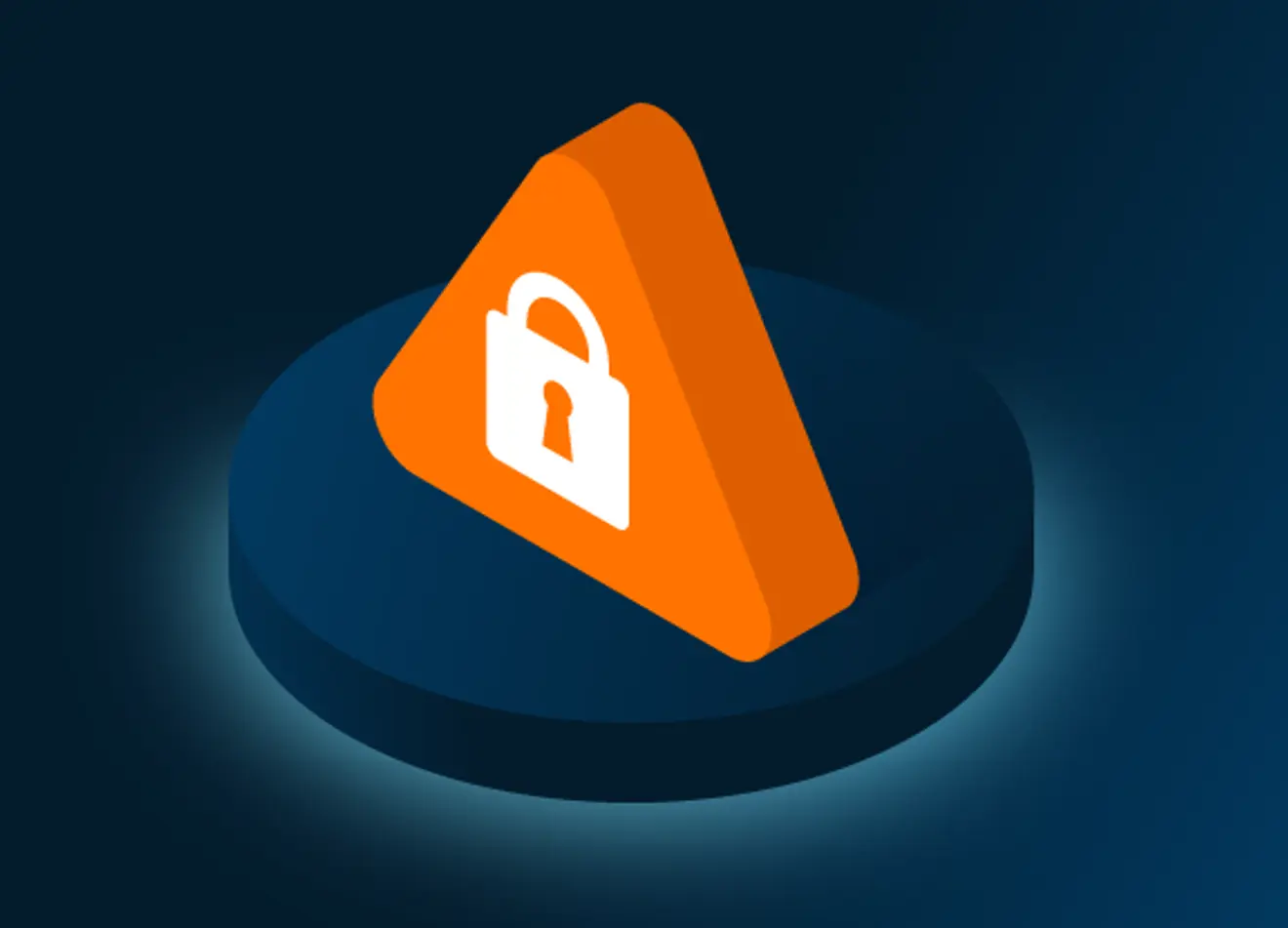What is multi-factor authentication?
MFA is a security mechanism that requires two or more methods of authentication to verify the identity of a user attempting to gain access to a computer system, such as an email account or admin account on a server. Multi-factor authentication combines two or more factors - something the user knows (such as a password or passphrase), something the user has (a security token), and what the user is (a biometric verification such as fingerprint or facial recognition).
Why is it important?
MFA is extremely important due to the increasing sophistication of cyberattacks. MFA can help stop malicious cybercriminals accessing your data or that of your company. Even if your password is in the hands of the criminal, it is unlikely that they will have your other forms of verification too.
When should I use MFA?
Companies – Where possible, MFA functionality should always be enabled for all staff when they are using server-related software, externally accessed applications such as Microsoft Office 365 or Google G-suite, or other similar applications.
Individuals – Where possible, individuals are advised to activate MFA when accessing websites that require the submission or access to financial information, when submitting sensitive personal information, or when accessing email accounts.

MFA functionality should always be enabled for all staff when they are using server-related software
Where can I use it?
You can use MFA with any website or application that has enabled its functionality. Microsoft has enabled MFA for use with its applications and websites as have Google and other tech companies.
How do I implement it?
MFA can be implemented in a number of ways depending on the type of security token or other verification factor that is chosen for authentication. However, implementing MFA requires some careful thought and planning, especially for larger organisations.
Considerations include:
- Being clear about what you want to protect.
- Understanding the MFA technology that you will use.
- Understanding the impact on employees and making them aware of MFA.
When rolling out MFA, it is advisable to begin with your most important accounts, such as admin accounts. These are the high value targets cybercriminals wish to target as they can use these accounts to pivot through the organisation. After these, roll out to privileged users in key business roles or to those that have access to important or sensitive business communications.
Having the following will make for a successful MFA implementation:
- Have an inventory of systems and applications. Knowing what you have will allow to identify priority systems.
- Prioritise systems according to the criticality and sensitivity of the data being accessed.
- Have an onboarding process for staff and for software applications.
- Test how applications work with MFA prior to deployment.
Further resources
Learning resource about MFA for business using Microsoft can be found here.
For a tutorial on how to enable MFA in Microsoft Azure click here.
Instructions on how to set up MFA in Microsoft Office 365 can be found here.
An MFA roll out pack containing customisable posters and email templates for businesses can be found here.
An MFA setup guide for Google G-suite can be found here.
A CFC Advisory with guidance on how to implement MFA on some popular applications can be found here.
Check out our other cyber security related resources in our cyber hub. For any other questions, please don't hesitate to reach out at cybermarketing@cfc.com.



